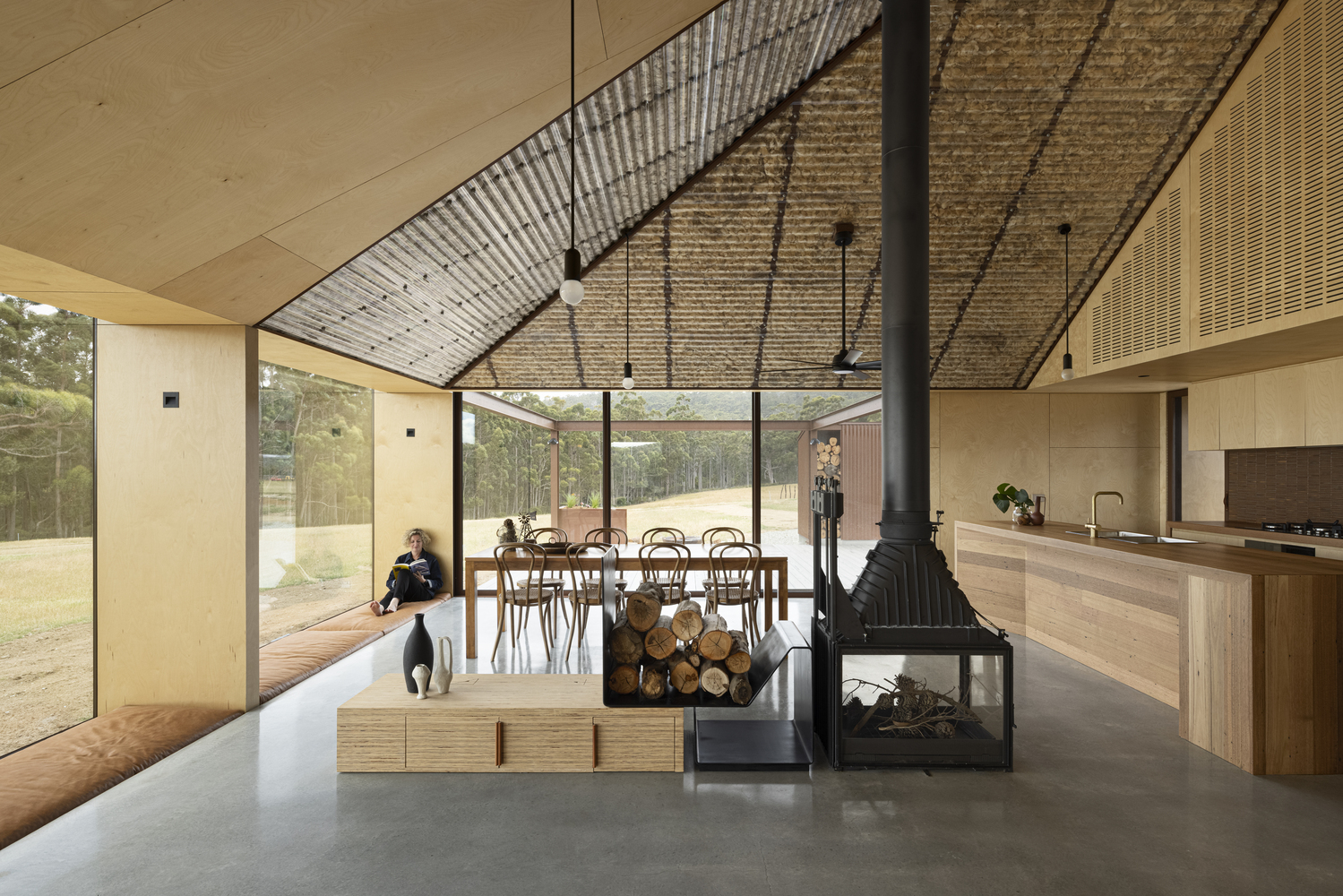
"Chimneys are among the most quietly persistent elements in architectural history. Yet their presence persists in nearly every cultural and climatic context, serving as a technical feature and a spatial, atmospheric, and symbolic device. It populates dense city skylines and anchors rural horizons alike, its vertical silhouette as ordinary as a window or a doorframe. This apparent ordinariness is deceptive. The chimney is one of the few architectural components that links the intimate scale of interior life with the expansive forces of the environment."
"The form, function, placement, and materiality of a chimney should emerge from the specific environmental conditions in which it operates. Wind patterns, seasonal temperature ranges, humidity levels, and the availability of local materials all shape how a chimney performs, because it is not a universal typology that can be applied unchanged across settings. A chimney that works efficiently in an arid climate may fail in a humid or alpine region, where different draft conditions, insulation needs, and construction techniques come into play."
Chimneys appear across cultural and climatic contexts as technical, spatial, atmospheric, and symbolic devices. They anchor urban skylines and rural horizons with a vertical silhouette comparable to windows or doorframes. Their apparent ordinariness conceals a unique role linking interior life to expansive environmental forces. Designers must choose to integrate chimneys into a building's functional fabric or amplify them as expressive elements that shape identity. Chimney form, function, placement, and materiality should respond to local environmental conditions. Wind patterns, seasonal temperatures, humidity, and available local materials determine performance, making chimneys distilled expressions of climate-responsive design.
Read at ArchDaily
Unable to calculate read time
Collection
[
|
...
]